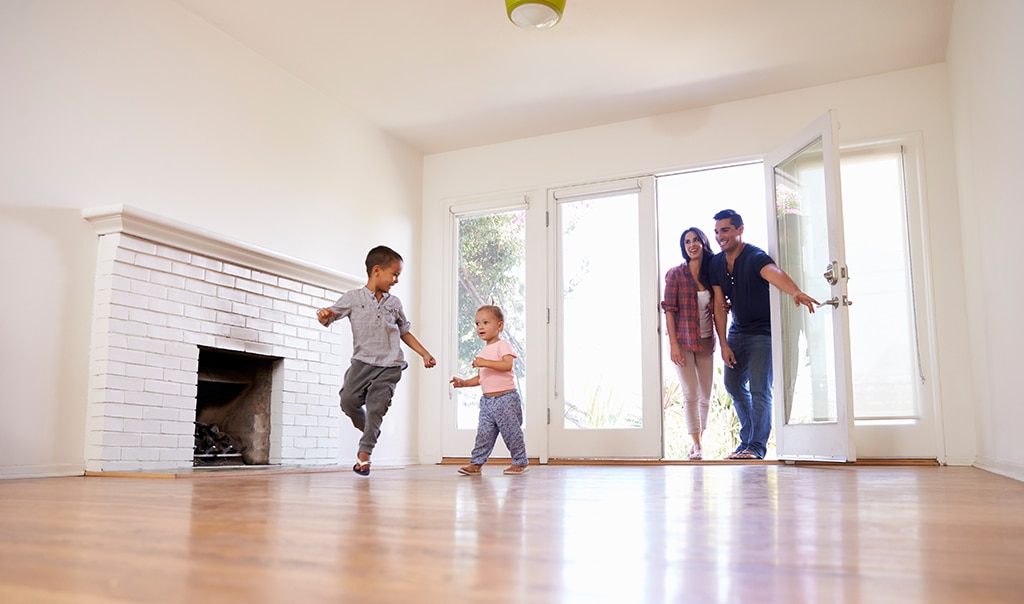How to Pack for a Move


Anyone who has moved likely can tell you a tale or two about boxes packed at the last minute, perhaps when the moving truck was already parked out front: boxes where the contents of a cabinet got swept up in one fell swoop, never to be opened again, a perfect pre-move time capsule. Don't let this happen to you!
Having a good packing system is your friend when it comes to a move. If you follow a three-step process, you'll eliminate what you don't need, organize what you choose to keep and then label it so that you can find it when you arrive at your new home. Our packing tips for moving:
Step 1: Pare Down Your Belongings
Moving more than you need wastes both time and money. You may be forced to pay to dispose of furniture that's a poor fit at your new home, when with a bit of advance planning, you can sell it before you move. Be honest with yourself about what should make it onto the moving truck.
Organize your possessions into four categories:
- Trash/Recycle. Start by weeding out all of the things that you clearly don't need, such as old toiletries, broken appliances, piles of newspapers and magazines, stained clothing unfit to donate and outdated electronics.
- Sell. From old sporting equipment to a spare sofa, there may be a market for your unwanted items. Allow time to post them for sale, find a buyer and arrange for timely pick up.
- Donate or give away. Ask family and friends if they are interested in taking extra items, or contact a non-profit. Some will arrange to pick up furniture and other household items in good condition.
- Pack. These are things that you can’t live without. Think useful, valuable or sentimental. Remember that the single best moving tip is to reduce the amount of things you have to move. That takes time, so get started early and stay committed to being organized.
Once you have divided your items into these categories, act quickly before you change your mind.
Step 2: Organize Your Items
Create an inventory to track the items that you will move. This will help you estimate the moving cost with the moving company and keep track of items during your move, including documenting lost or damaged items. Your inventory can include the condition and value of items, as well as the room where they will go in your new home.
Organize items by areas of the house, their material and the frequency of their use. Pack decorative wall hangings and items that are rarely used first, with other similar items that are used in the same room. As you pack, remember that household items, including socks and t-shirts, can also make for handy, and free, packing materials to help keep dishes and other breakables safe.
As you pack, number each box and track the numbers on your spreadsheet, so you know that the coffee maker is in "Kitchen – Box 11," not just in one of a dozen boxes labeled “Kitchen.” You can download moving apps on your smartphone to guide you through building an inventory and creating bar codes that you can print out and place on boxes help keep track of your items.
Step 3: Label Everything
Gather your packing supplies, including boxes, packing tape, scissors, newspaper, markers and labels. Consider using colour-coded electrical tape to help you quickly identify boxes. Label the tops and sides of boxes by number, category and room in your new home. Clearly mark boxes containing breakable items as “FRAGILE.” Label boxes that should be opened right away and others that can wait until you are more settled.
It's helpful to create an “open first” box with key items that you’ll need first, such as a change of clothes, tools and a first aid kit. Also set aside a moving documents folder, with the contract for the moving truck, tip for the movers, and any other paperwork you might need on moving day. That way, when the moving truck pulls up out front, you'll be ready to roll.
Following a process that helps you be organized for your move can help ensure a smoother experience as you transition from one home to the next.